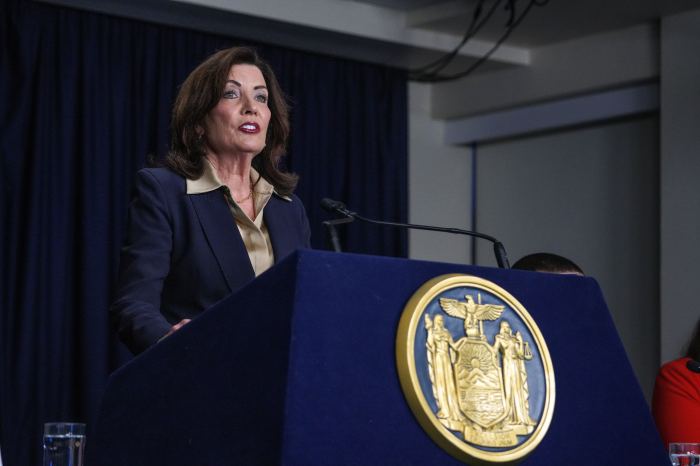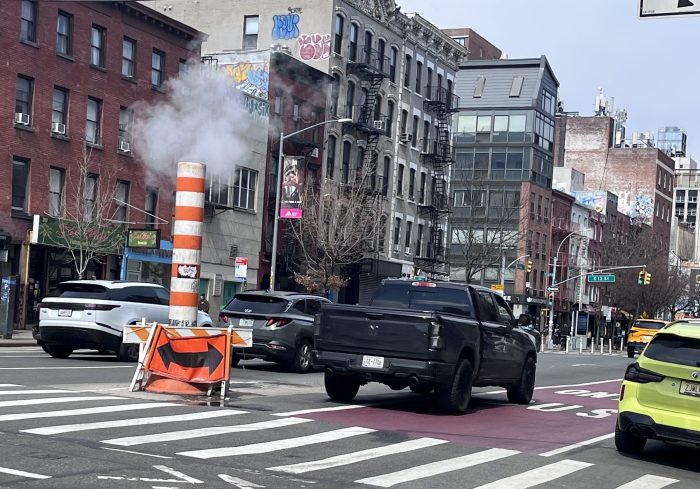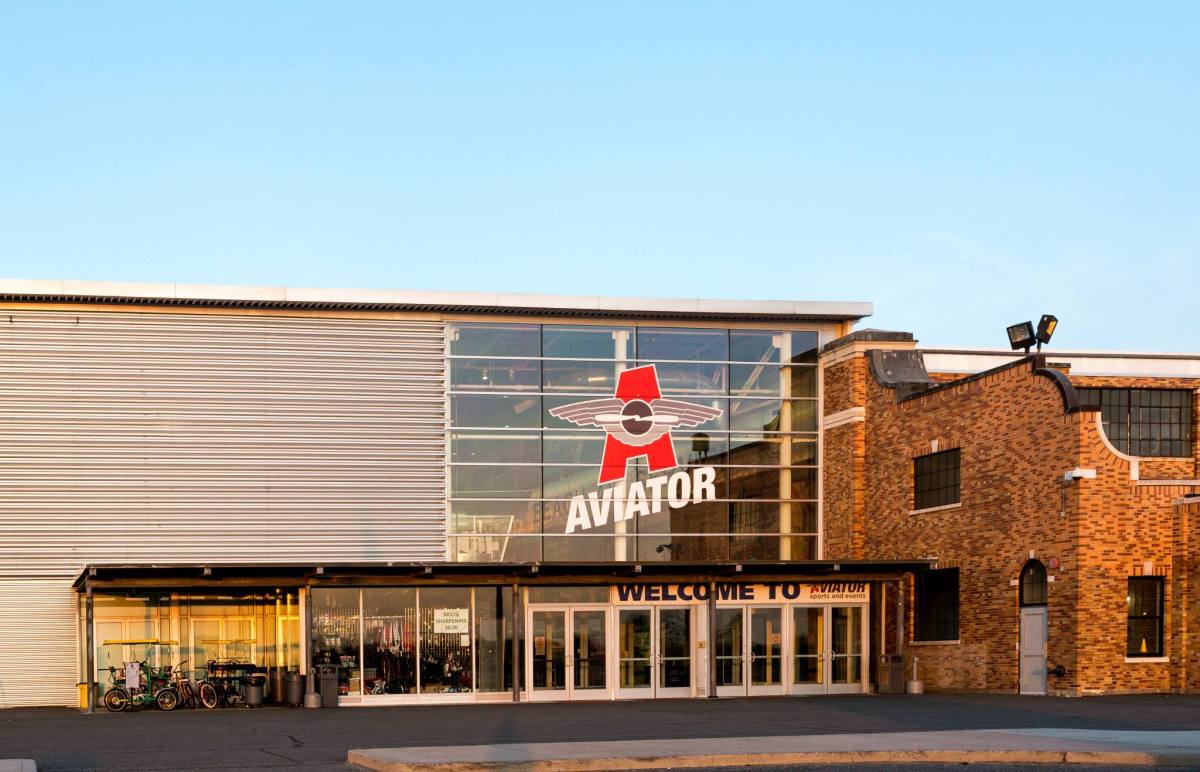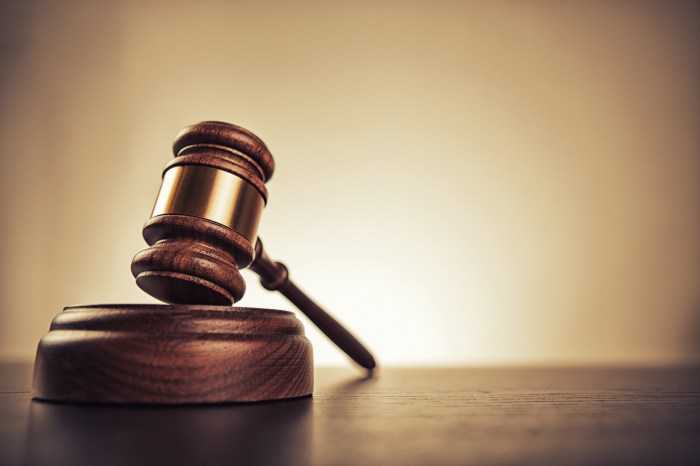
Some City Council members cautioned Mayor Bill de Blasio’s administration Thursday that plans to replace the Rikers Island with four new jails would falter without a more concrete blueprint for reform.
Administration officials testified before the Council’s Subcommittee on Landmarks, Public Siting and Maritime Uses about their goal of constructing modern, humane jails near courts and shuttering the jails on Rikers and an annex on a barge off the Bronx by the end of 2026.
The new facilities would offer guards better views of detainees, provide inmates with direct outdoor access from housing units and help hasten the pace at which cases are concluded, according to the Mayor’s Office of Criminal Justice. Most of those held at Rikers have not been convicted and are awaiting their day in court.
Many lawmakers said they supported decommissioning Rikers and relying instead on jails near the courts in Brooklyn, Queens and Manhattan. Staten Island does not have enough residents in jail to merit its own lockup, according to the city. But a slew of concerns over how the transition would happen were raised at the hearing.
First, there was the location eyed in the Bronx, which has been controversial because its location is two miles from court and at the center of a redevelopment plan. At the hearing, City Councilman Rafael Salamanca Jr., who represents the Vernon C. Bain correctional facility floating off the coast also worried that the South Bronx — which already has two detention facilities including the Bain facility — may end up with three jails depending on the order in which the new plan is implemented.
“Until the city acts on its long overdue promise to close the barge, the South Bronx cannot and will not accept a new jail,” Salamanca said.
Asked multiple times, city officials said that they are still working out the schedule for knocking down jails currently in the boroughs, replacing them and decommissioning facilities on Rikers and the barge, but all that will be concluded by the end of 2026. City Councilwoman Diana Ayala, who represents the tow pound eyed for the Bronx site, said any facility there should come with investments in the community.
Legislators also expressed concern and posed questions about ensuring that the new jails do not grow into equally dysfunctional facilities.
Councilman Donovan Richards Jr. said when he visited Rikers, detainees did not describe a sufficient amount of program offerings there.
“Before I can support this specific plan I need to hear some concrete things on how programming is going to look different,” Richards said. “This is supposed to be about rehabilitation.”
Councilman Mark Treyger said he was “very interested in not just closing Rikers. I’m also interested in closing every pipeline.”
“We need to know the number of social workers because this, to me, is not just about a change of address; it’s about a culture change,” he said.
Department of Correction Commissioner Cynthia Brann said the department has changed dramatically over the past five years through training and other initiatives. Other administration officials noted the administration was working to decrease the jail population and advance criminal justice reforms, including alternatives to incarceration.
“This administration is committed to being part of the 21st century culture of criminal justice, but in order to do that we need 21st century facilities,” Brann said.
Legislators also raised issues about the footprints of proposed jails. Salamanca, City Councilwoman Margaret Chin, who represents the area proposed for the Manhattan facility, and City Councilwoman Karen Koslowitz, who represents the district for the Queens lockup, noted the jails would be relatively tall, with varying levels of concern.
Administration officials said they were willing to work on curbing the size of the jails, provided it did not cut into the space needed to provide quality care.
But others said that was beside the point.
“I’ve heard this morning a lot of conversations about building height, aesthetics, what it would look like, what we need,” said Donna Hilton, 54, a Brooklyn resident who spent 13 months on Rikers Island as an adolescent, before serving time in prison, and who has long been involved with the push to close Rikers. “We are people first, and if we don’t recognize how we are treating people and not treating people, then we are not going to get anywhere. This is 2019, not 1619.”
The proposed jails will come before the full Council for a vote.

































